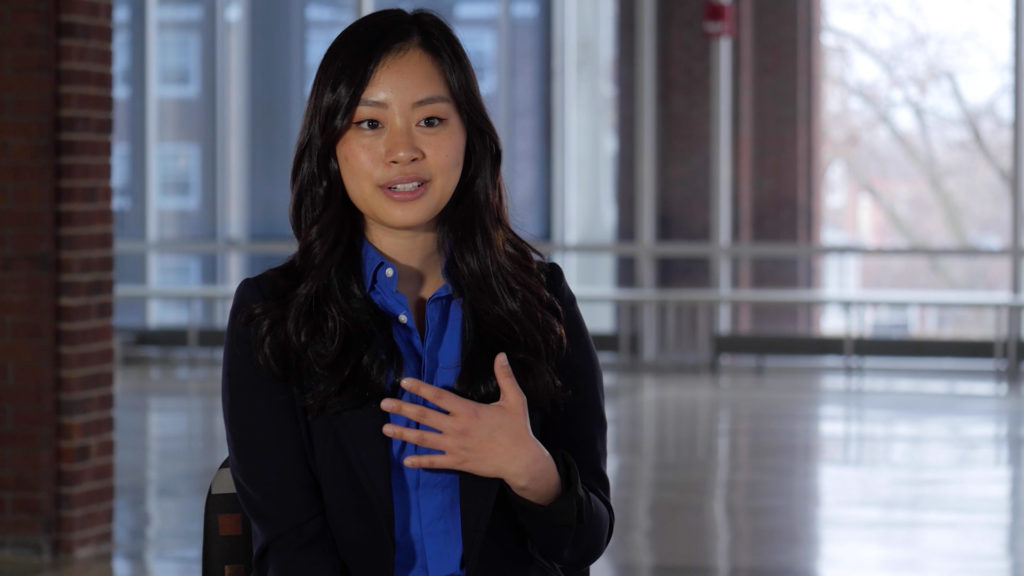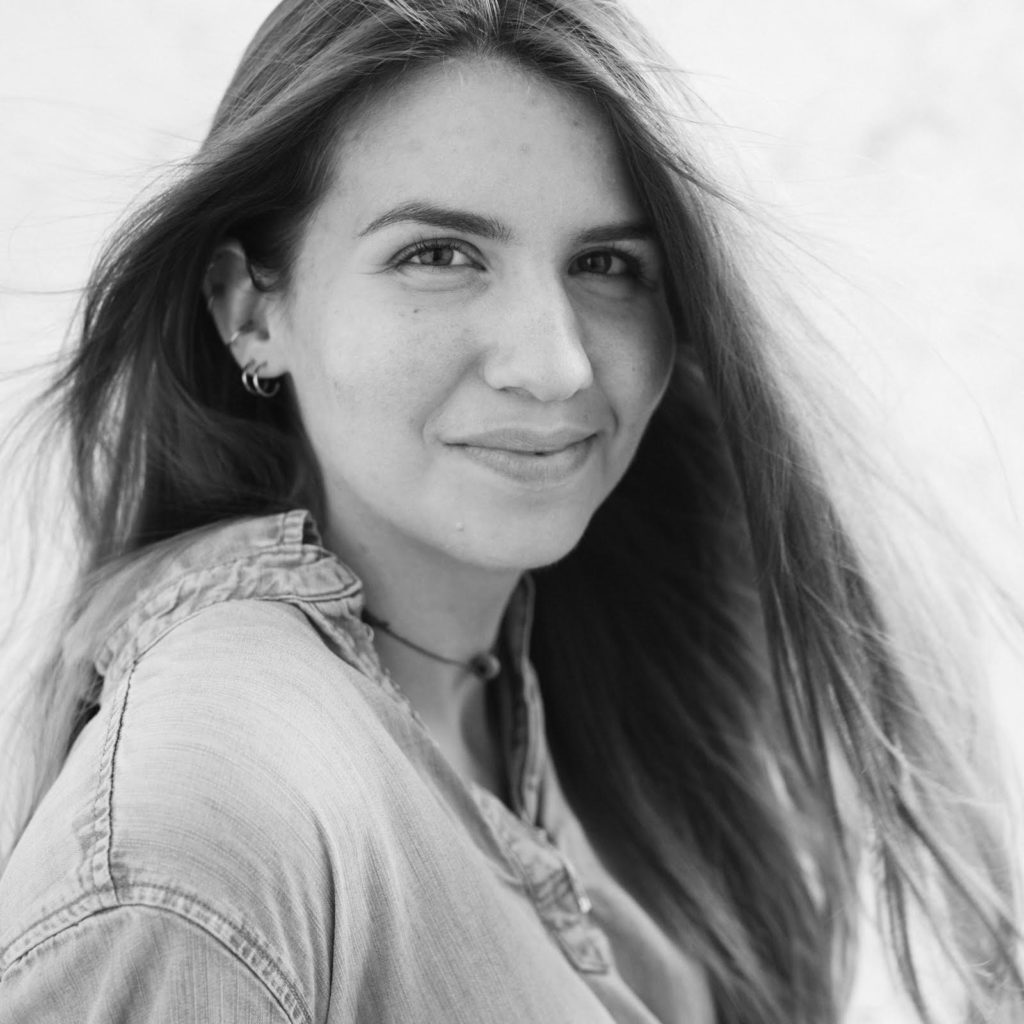
By Rebecca Edwards ’21
Every year, Macalester seniors conduct a stunning array of original academic and creative work. We browsed this year’s list of capstone and honors projects, picked out a few highlights, and asked their authors to explain more.
“Community at Risk: Identity, Memory, and Civic Challenges on the Iron Range”
Ben Trumble, Geography
“Northern Minnesota’s Iron Range used to be a staunch Democratic voting area, and I was interested in how there was such a big swing in the 2016 election toward Donald Trump. That kind of conservatism reminded me of my own hometown. Why would something like that happen? I went into my honors project with the idea that the politics of the region were the most interesting aspects, but now I’m seeing that the political change is a symptom of larger problems that rural America as a whole faces. My thesis is that a crisis in belonging is what’s swept up so many people across the country. I’ve been able to research what it means to be part of a community—in my own small town, on the Iron Range, and even here at Macalester.”
“Another One Bites the Dust: Heavy Metal Pollution in Plants and Soils from Dust Emitted by the Saldanha Industrial Complex”
Rachel Grasnek, Biology
“There’s a mineral ore near Cape Town, South Africa, that processes and exports heavy metals from soils. The red dust from that ore was being spread all over the surrounding area, and everything was just ominously red, even the buildings. We took soil samples from 13 different sites to see how that was affecting native fauna. We found that it totally changes the ecological composition of that area.”
“Can you please help my family get justice?”
Liam McMahon, History
“I did an internship at a community archive within a human rights center in Northern Ireland on study away. The archive contains 162 pairs of shoes that belong to people either killed or injured during The Troubles. Families can send in a pair of shoes and write something about who the person was, or how they died. My experience there taught me that families want to know the truth about what happened to their loved one—a lot of them never got formal police or government investigations. And if they know the truth, they haven’t seen justice.”

“Exploring the Global Public Health Crisis: A Longitudinal Study on Global Suicide Rates”
Blair Cha, Applied Mathematics and Statistics
“We worked with large data sets from 42 countries over a 30 year time span to identify the most significant factors for suicide rates, using a list of explanatory variables like CO2 levels (which is a proxy for pollution) and GDP and accounting for within-country correlation. Using longitudinal data analysis, we found that the variables that had a positive relationship with a country’s suicide rate included the percentage of the population with substance abuse disorders, the adolescent fertility rate and national inflation rates. Meanwhile, the size of the rural population, overweight population, and the birth rate of a country had a negative relationship with the suicide rate. We plotted a world map and found rates much higher in the Northern Hemisphere than the Southern Hemisphere—I’d love to investigate that. More data can only be better.”
“(Re-)Making the State: Religious Zionism, Religious Violence, and Israel in the 21st Century”
Abe Asher, Religious Studies
“Why does the state of Israel look the way it does today, politically and religiously? I’ve gone about it by tracing the evolution of a particular form of religious zionism that places a premium on violence as a means of making politics and making subjects, fighting antisemitism, and as a source of redemption. Many Jewish scholars believe that in 1967, when Israel won the Six-Day War and took control of points of importance to historic Palestine, that really changed the character of the project in Israel. And then we’ve seen another radical transformation in the last 30 years or so, when it became clear there was some real momentum for giving that land back to the Palestinians. What started as a primarily political project to try to carve out a space where Jews could feel secure and democratic has, in those two periods, become a very different kind of country.”
“Unpredictable Interplay: Liveness and Risk in Theater Design”
Richard Graham, Theater
“To me, using pre-recorded media in theater can feel like it’s a little bit in conflict with the concept of a live production. What’s unique to the theatrical experience that demands that we tell stories in that way? I think the primary answer to that question is that there’s something engaging about the risk and unpredictability of performing in front of people. So in creating interesting theater design, I discovered that the task really becomes following up on that unpredictability in all these other aspects.”

“Fear and Loathing: Analyzing Alt Right Manifestos to Identify Patterns in Alt Right Extremism”
Karinna Gerhardt, Political Science
Truman Scholar
“I read the artifacts and manifestos left behind by the attacker in six incidents of terrorism associated with alt right extremism, and drew conclusions about what links these incidents to try to identify some of the commonalities within. I found that in all of these incidents, the motivating ideology was based in white supremacy, even in situations where that wasn’t obvious based on the target group. And it also seemed that every attacker was radicalized through online spaces. One thing I would love to study in the future is the process of de-radicalization—how do you take that person and bring them out of that mindset?”
April 20 2020
Back to top




